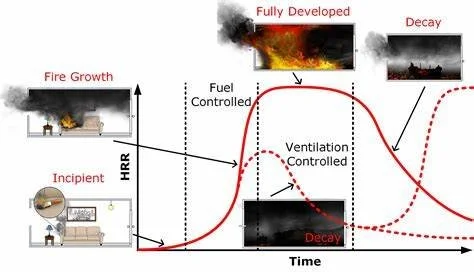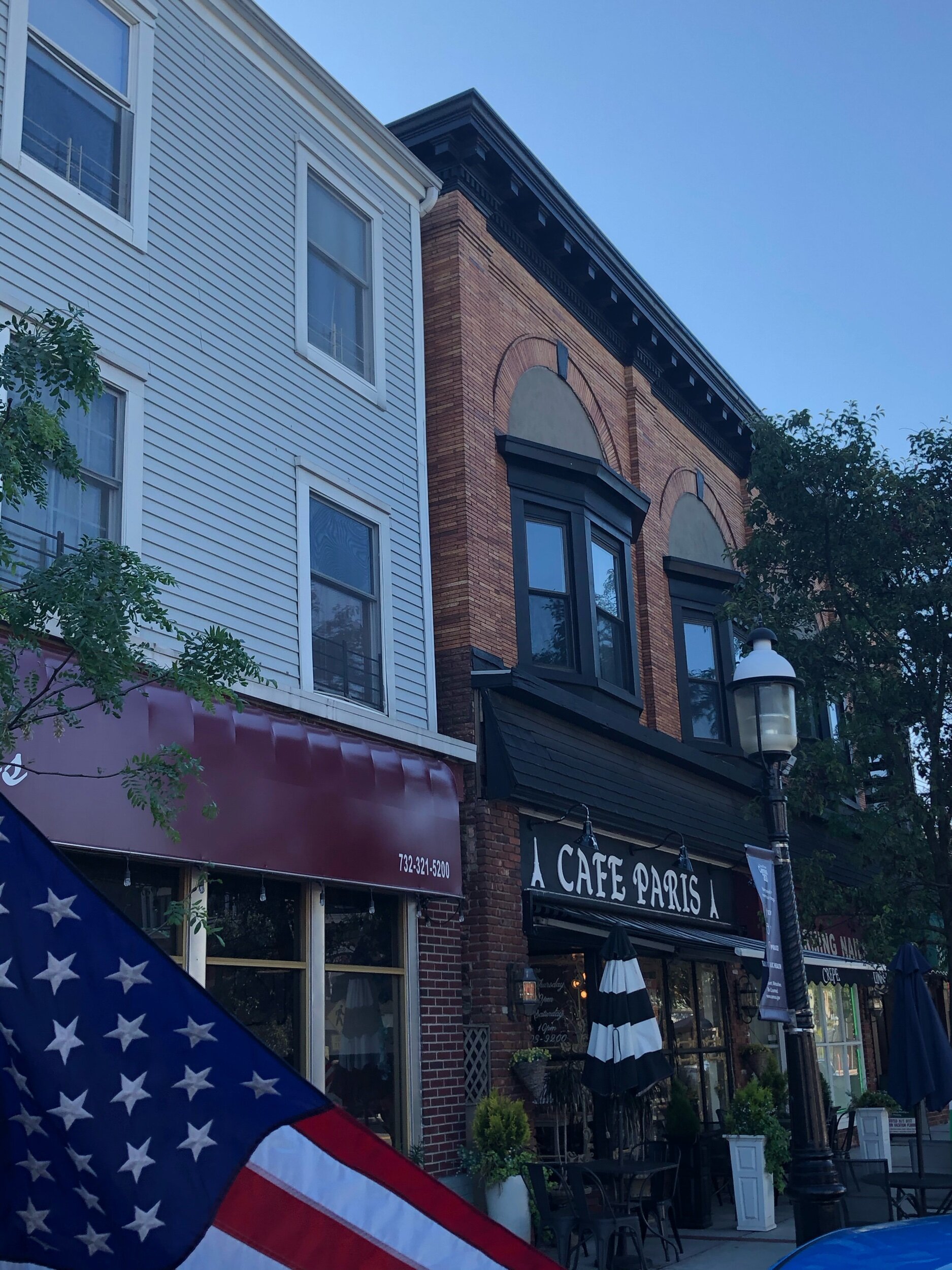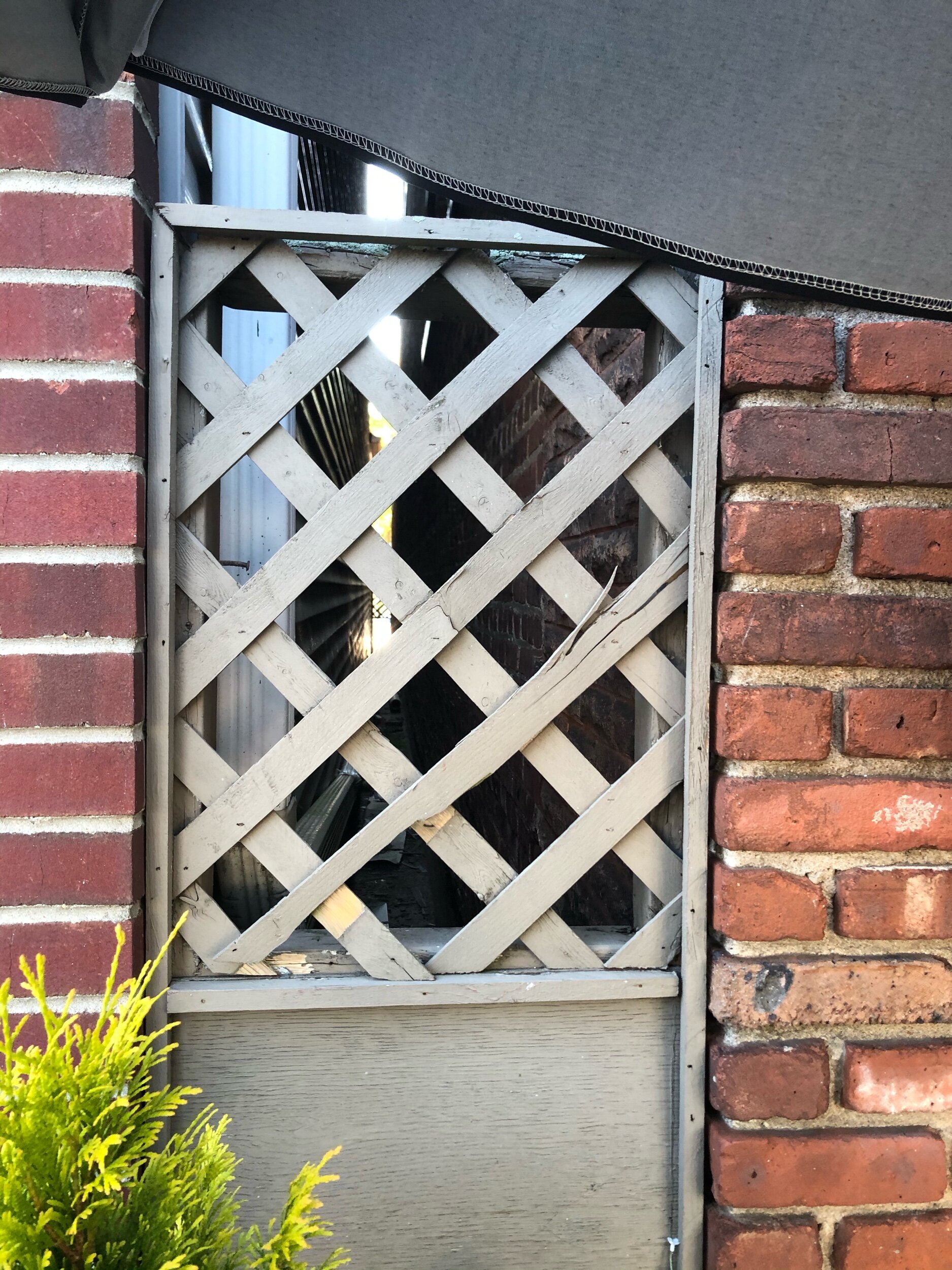It has been said time and time again, "You can never train too much for a job that can kill you." As we are aware, firefighting has many aspects to it. Many of these are common to every fire department, no matter their location, size, or status (career or volunteer). Other aspects are specialized areas that not all departments focus on or specialize in, such as medical, hazardous materials or technical rescue. In any case, having a sound basis in the area of “firematics” is a steppingstone to success for yourself and for your crew. We will briefly touch on key areas every firefighter should have a sound understanding and strong knowledge of. Many of these areas are touched on briefly in probationary/training school and then oftentimes, pushed aside once graduated. However, these areas are the core foundation for everything we do as firefighters and lay the groundwork for everything else we do on the fire ground. The skills of understanding these concepts, terminology and definitions is in fact, simple in theory. The difficult area is understanding the strategies and tactics behind them in order to implement those them. All good leaders and firefighters must understand these core areas of which everything else it built from.
The areas I would like to briefly touch upon are building construction, fire behavior, reading smoke and size-up.
Building Construction
In the American Fire Service, there are five and oftentimes six different types of building construction however this may be different in various parts of the world based on the materials used to build structures. As firefighters, it is imperative that we know our enemy and know everything we can about it. Without having at least an understanding of our enemy, it becomes difficult to defeat it. In most every one of our cases, the enemy is the building structure. In order to be a successful firefighter in any capacity, on any apparatus, in any area, understanding and having a solid foundation of building construction knowledge is vital. Just as a world-class fighter study their opponent in the months leading up to a fight, us as firefighter MUST study our buildings in our areas, so we too are prepared to fight…and WIN.
The most vital piece of information I can provide here is simple. It makes a difference in knowing the different type of structures and how to identify the differences however, what make it even more important is the ability to identify the types and how thewy will react under fire conditions while in the moment! This leads us to fire behavior.
Fire Behavior
Fire behavior is the foundation on which all firefighter knowledge is built upon. Moreover it is our understanding of fire behavior from which we can gain an understanding of fire and how to suppress it properly. The lack of fire behavior knowledge creates an even greater risk for serious injury or death. Understanding fire behavior is truly being able to operate as a firefighter. The understanding of fire behavior is the basis for understanding fire suppression and the understanding how to properly perform other tactics such as ventilation, forcible entry on some occasions and overhaul.
As society changes or in many cases evolves, so does fire behavior. The reasoning behind this is simple - the introduction and presence of synthetic materials (also known as plastics). These materials in their solid form are petroleum- based products, therefore producing an increase in the output of thermal energy. This reasoning alone is a cause for a more rapidly spreading fire regardless of the type of structure it is in. More so than not, it is causing our enemy (the building) to have more fuel to hurt us. To understand fire behavior, it is important to understand the phases that come a long with it and it’sattributes – ignition, growth, full developed (flashover is present) and decay (back draft is likely). To understand these areas takes years of studying and training to become proficient but have the basic concepts down is a great start to proficiency in fire behavior for firefighters of all levels and experience.
With fire comes smoke.
Reading Smoke
An important aspect on the fireground for many reasons is understanding smoke and smoke behavior. Many clues from the smoke alone can help identify the location and status of the fire. Command and company officers, as well as firefighters, need to be able to read and interpret all of the clues while conducting their size-up upon arrival and throughout the incident.
Here are some clues to take into consideration: potential fuel, density, color, velocity, and volume.
Smoke is fuel. In today's world and the modern-day fire service, the products of combustion are highly toxic, flammable and potentially explosive. The smoke’s chemical composition is different at each fire due to the different fuel sources yet, one thing remains the same; smoke contains high levels of carbon monoxide.
Density identifies the thickness of the smoke, it’s level of energy and if there is a potential for a flashover or for fire spread.
Color tells you how flammable the smoke is and what is burning.
Velocity tells us how fast or slow the smoke is moving and by doing so helps determine the location and its flow path.
Volume on the other hand doesn’t speak to firefighters about smoke or fire but it does give firefighters the amount of fuel that is burning. By knowing how much fuel is burning, provides insight to the size and intensity of the incident.
Understanding smoke provides the fundamentals for reading and identifying changes in fire and smoke conditions in the interior or exterior of a structure, along with identifying and possibly preventing flashover or fire spread.
Size-Up
The size-up is for all intents and purposes, our game plan or battle plan, if you will, against the structure we are working at. The size-up is where firefighters and fire officers gather information in order to make safe, efficient, and effective fireground decisions. Fireground decision making, as we know, is meant to be quick, but with an emphasis on safety and ensuring the tactics are done efficiently and effectively. This is done in three phases; the pre-incident size-up, the on-scene size-up and the after action review. All three of these have their purposes.
Pre-incident size-up allows firefighters to gather as much information as we can about the structure and in contents inside and helps guide our on-scene strategies and tactics.
On-scene size-up is where firefighters utilize our pre-incident size-up and put it to work. This size-up is where more information is provided specific to the incident and can now confirm our findings from the pre-incident size-up. Further, this is where company operations are assigned and take place.
After-action-review is the final stage in the pre-planning process. This is the time for firefighters and officers to discuss and share the information obtained and to discuss the success and failures experienced at the incident. It is also a time to ask a few key questions.
• What did we expect to happen?
• What actually occurred?
• What went well and why?
• What can we improve upon and how?
The benefit of asking these questions allow for strengths to be easily identifiable and make it easier to uncover areas of weakness. By uncovering areas of weakness, you can develop ways to improve them!
In closing, I’d like to leave you with this piece of advice. If we think of firematics as an orchestra and each piece getting broken down into sections, we can identify each area as its own unique piece yet, an integral piece to the orchestra as a whole. With practice, each section sounds in harmony and sync with one another, but without practice or even a section missing, the harmony and synchronization doesn’t happen. This is the same for firematics, you cannot have one without the others.
For further information on these topics, you can refer to my book, “The 5-Tool Firefighter” where these concepts are laid out in greater detail along with other areas of interest to guide all firefighters on their journey to success.
Until next time; work hard, stay safe and live inspired.















